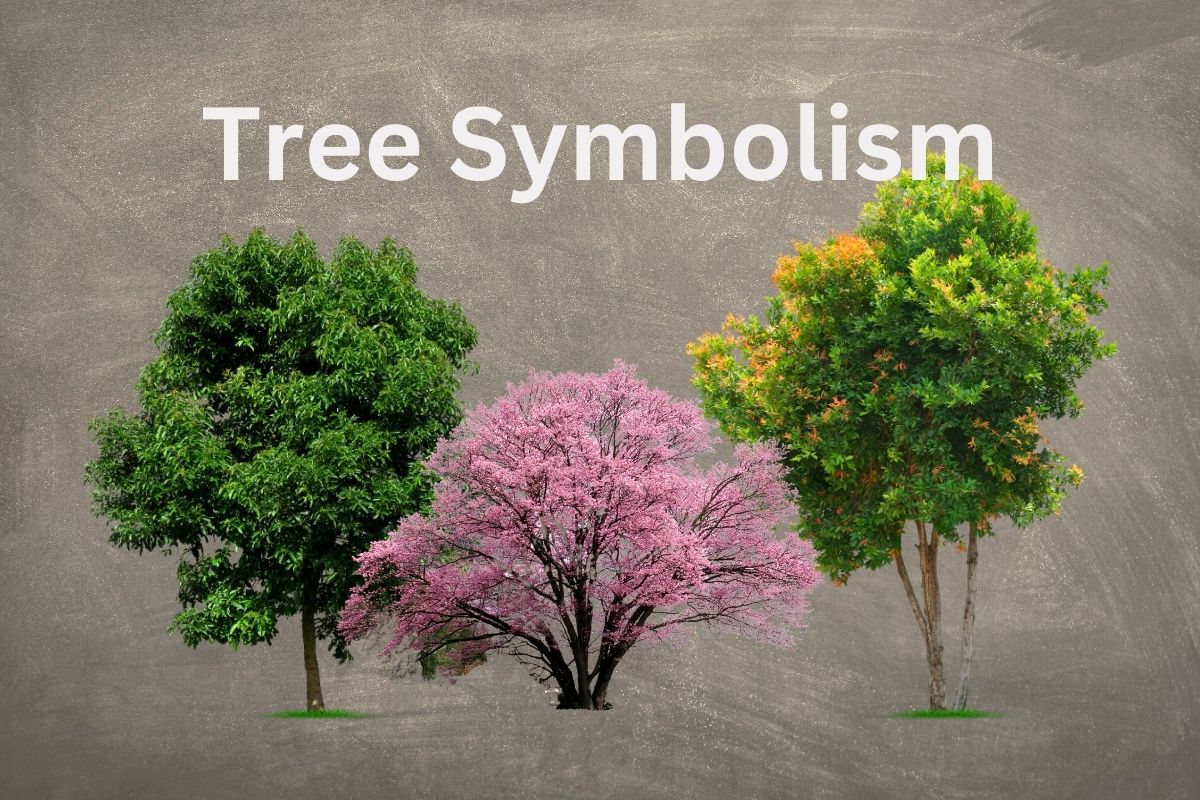Trees and forests are among the essential cultural symbols of humanity. Many civilizations considered trees to be sacred elements that deserved care and respect. Common tree symbolism includes new beginnings, life, hope, and even some hidden meanings as well.
The meaning of trees ranges from positive connotations like mother, embrace, and religious ceremonies to dreadful misfortunes. Many other symbols are associated with trees in between these two extreme depictions.
Hidden Meanings Behind Common Trees
Oak Tree
Oak trees are known for their distinct growth pattern, beautiful leaves, and expansive canopy. These trees last for hundreds of years, which is why people often associate them with longevity, wisdom, honor, and strength of character.
It is also regarded as the king of the forest in some European cultures. People call them Holy Oak as they offer spiritual guidance, comfort, and solace. Many places of worship are also situated near oak trees. They can symbolize courage, resilience, luck, morale, and survival.
Oaks are also healing trees for the heart, soul, and body. Native Americans used oak tree bark to treat frostbite. There are also many old remedies involving the use of bark for headaches.
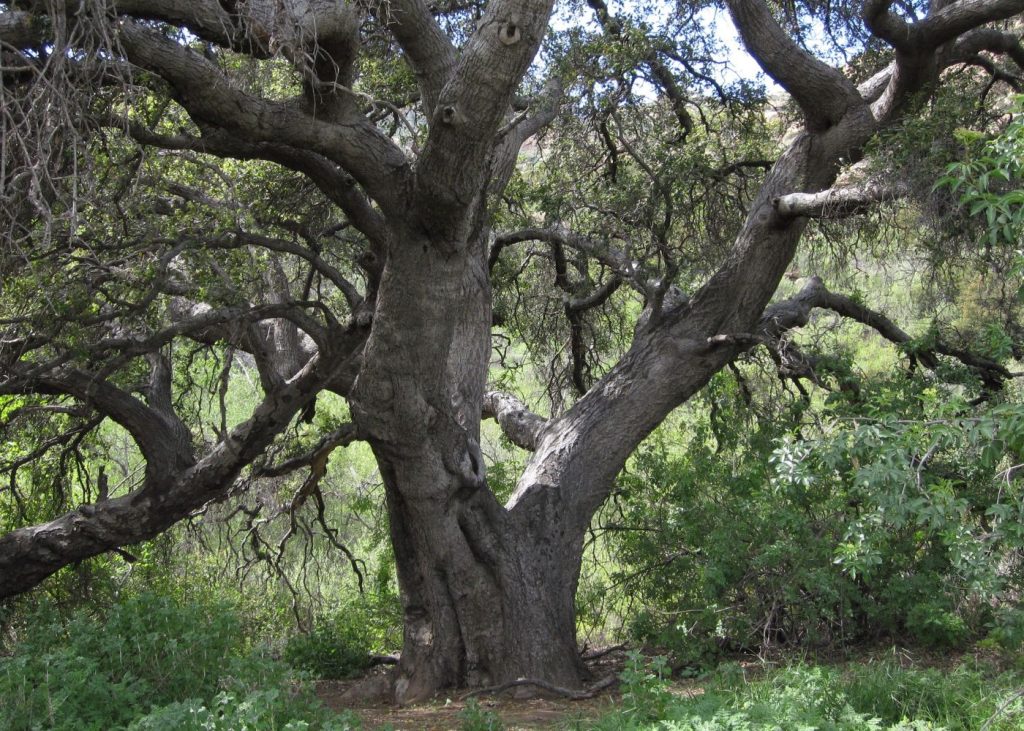
Elm Tree
Elm trees are large native trees that have many myths and folklore associated with them.
According to Greek mythology, Orpheus rescued Eurydice, his wife, from the underworld captors by enchanting everyone with harp music. After that, he paused to play a love song for her, and the first elm grove sprung up on that place.
Celtic mythology also associated elm trees with the underworld. They had an affinity with elves guarding burial mounds, dead people, and the passage into the underworld.
Besides that, people also looked to elm trees for medicinal cures. Chewing the inner bark or boiling it into a liquor would treat sore throats and cold, while boiled bark helped treat burns.

Maple Tree
Maple trees can quickly adapt to different weather conditions and soil types. This makes them symbolic of balance, longevity, and generosity. The syrup from maple trees was an important food for Native Americans, symbolizing abundance and success.
The Japanese maple tree also stands for grace, blessing, serenity between the elements, and peaceful retreat. People cherish it because of the beauty of the star-shaped leaves. This maple tree is sometimes called momiji, which means baby’s hands.
People in Japan also have a ritual of visiting the mountains during the fall to see whether the maple leaves have turned crimson. The leaves are also a motif in Japanese ukiyo-e paintings, along with deer, as both symbolize the arrival of fall.
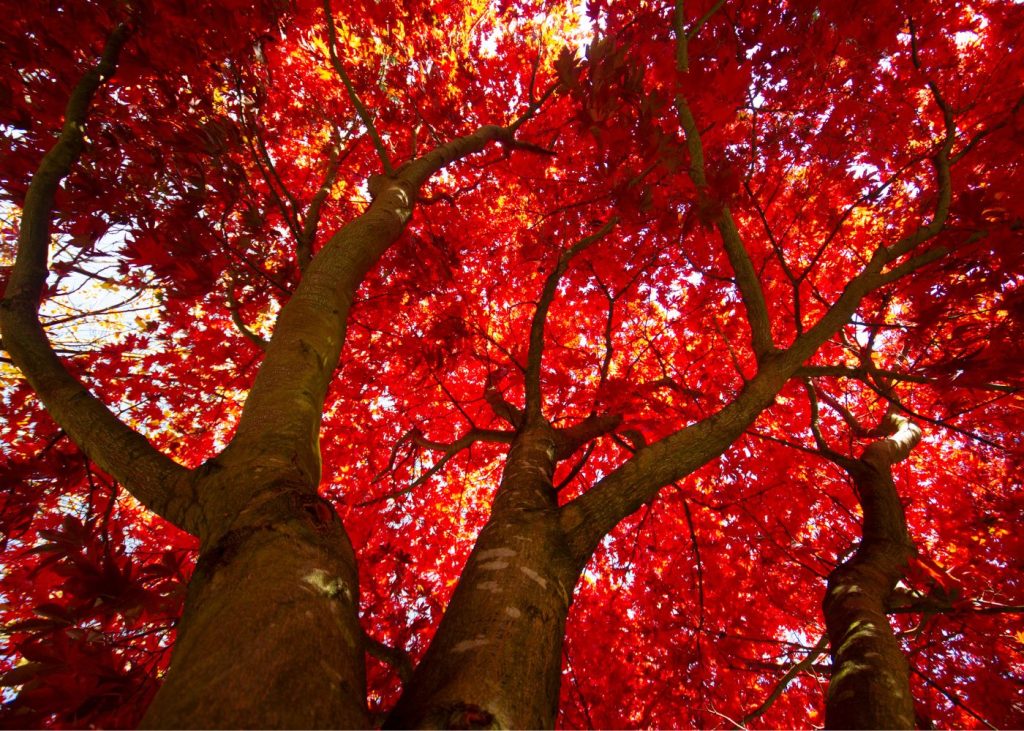
Birch Tree
Birch trees are beautiful all year round, giving them the symbolic meaning of new beginnings and hope. Even though birch trees shed leaves, they are the first to grow them back and indicate the beginning of spring.
While the Chinese consider them a symbol of rejuvenation and protection, Native Americans believe it indicates the cleansing of the past. The bark of birch trees was also an essential part of Native American culture, which they used in artwork, baskets, and shoes.
Due to the deep meanings and symbolism associated with the tree, its wood was also used in making cribs for babies.
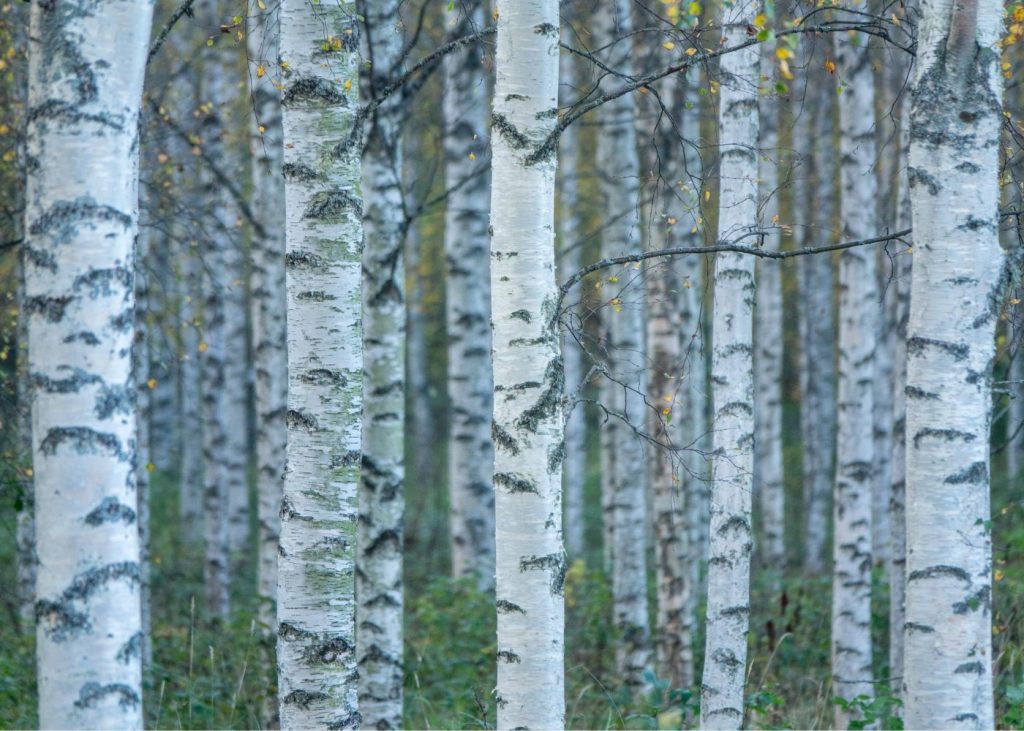
Cherry Tree
Among many cultures, cherry trees stand for luck and good fortune when they bloom. They also mean love, romance, and adoration. Cherry trees blossom only once a year and stay only for a brief time, indicating that life is short and each day must be lived well.
Japan holds Hanami, an annual festival that celebrates cherry blossoms. Some people also relate these to the architectural rebirth in Japan during the eighth century.
Cherry trees symbolize compassion and expression in Native American symbolism. They also represent mindfulness, happiness, awakening, and rebirth. Some of these meanings come from the numerous health benefits of cherries.
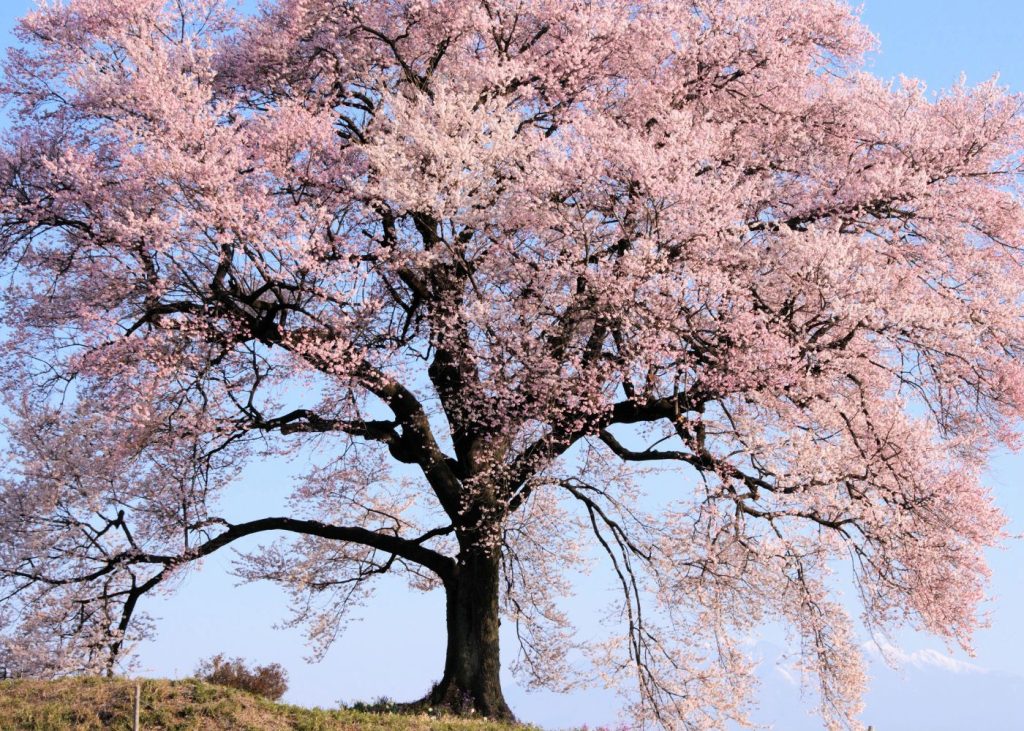
Fir Tree
The fir tree often called a memorial tree, symbolizes honesty, determination, endurance, and hope for the future. The tree delivers hope during challenging times and encourages people to be patient while waiting for better days.
Fir trees also teach staying true to oneself and being confident in decisions. The ancient Celts also used the tree as a symbol of bravery.
The cones of fir trees have distinct symbolic meanings. They open when the sun is out and shining but close protectively when it snows or rains. The cones depicts both wisdom and discernment.
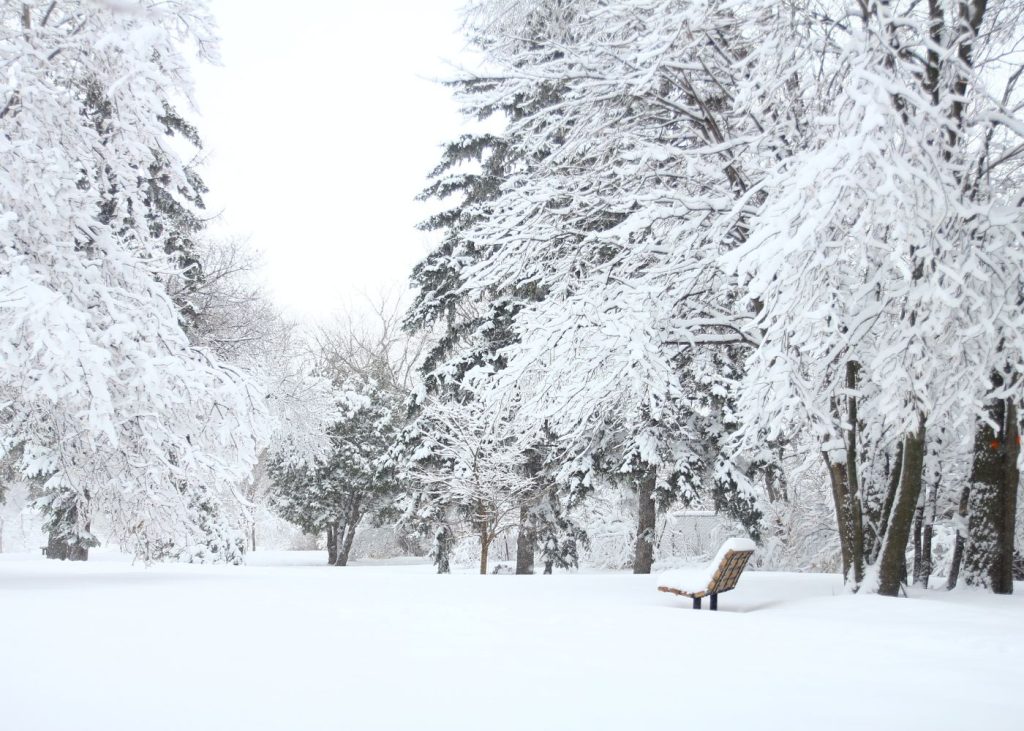
What is the Spiritual Meaning Of Trees?
Trees have deep-rooted spiritual significance, with the Tree of Knowledge present inside the Garden of Eden from the Bible. This tree represents wisdom and temptation and is the first tree to be a part of the human consciousness and have symbolic meaning.
In Norse mythology, Yggdrasil is the tree around which the nine worlds center. It is a Fraxinus reaching above the clouds and has roots deep in the divine realms. All the gods having the charge of life were linked to Yggdrasil.
The tree image also appears frequently in religions like Hinduism and ancient Egyptian culture. Trees have a relatively high status in mythology, implying they are worshiped as a symbol of control and power over life.
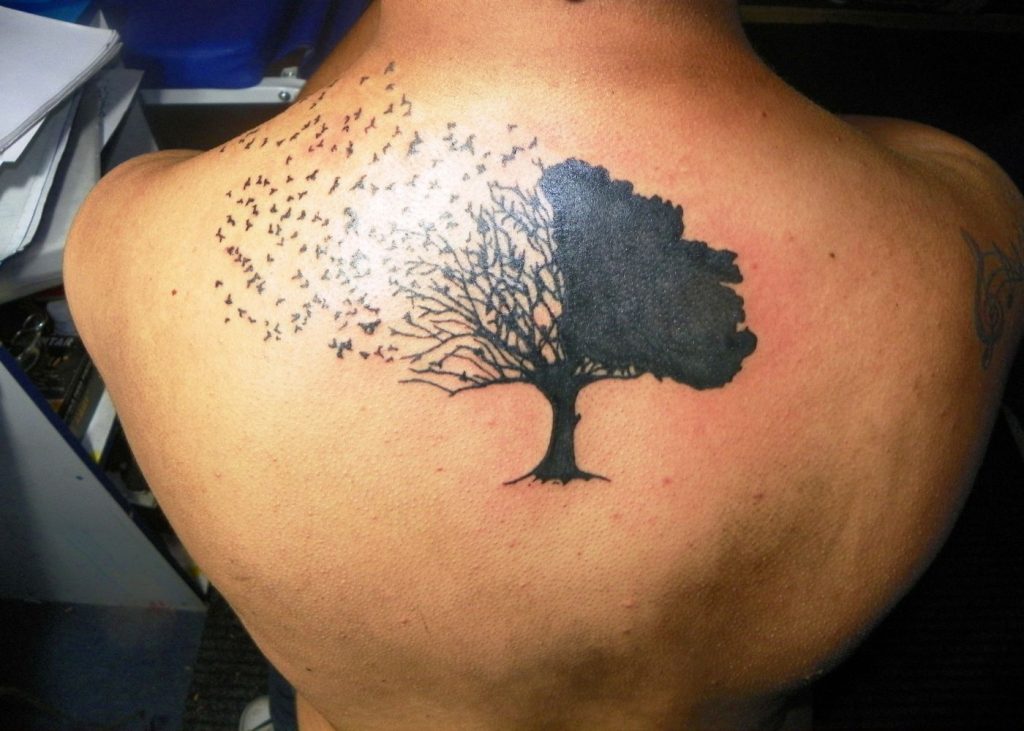
What Tree is a Symbol of Love?
There are numerous trees known as the symbol of love across different cultures. One example is the crape myrtle. According to Greek mythology, Aphrodite, the goddess of love, considered this tree sacred.
Polytheists believe Aphrodite’s crown consists of branches from Crape Myrtle. People use the blooms from these trees at weddings in Europe.
Besides that, redwood trees also stand for longevity, giving them the reputation of a symbol of love.
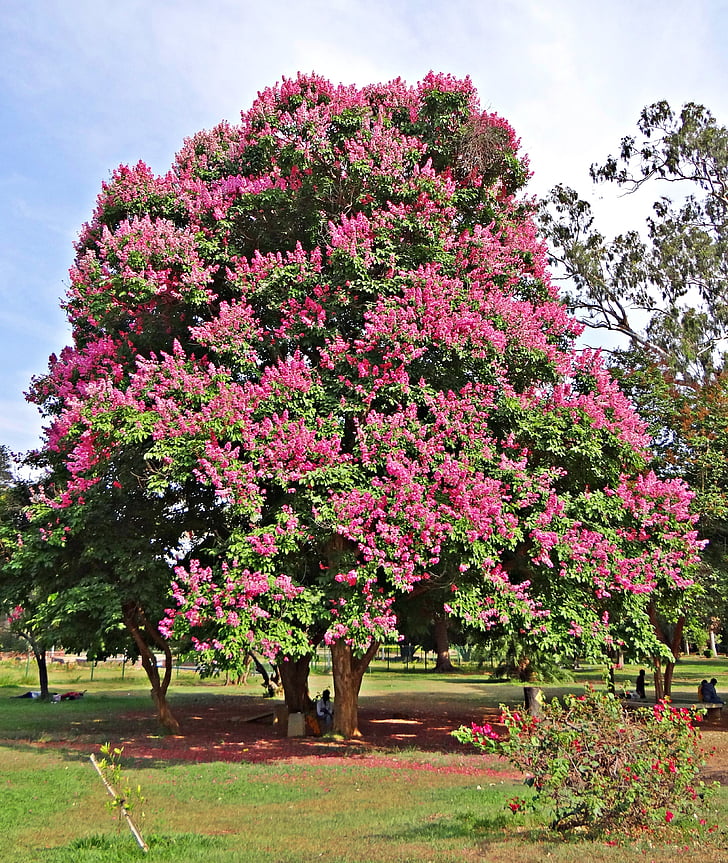
Trees That Symbolize Death
The Yew tree is common in graveyards and often associated with death. It was also present in Celtic sacred sites, churches, and cemeteries during Christian times.
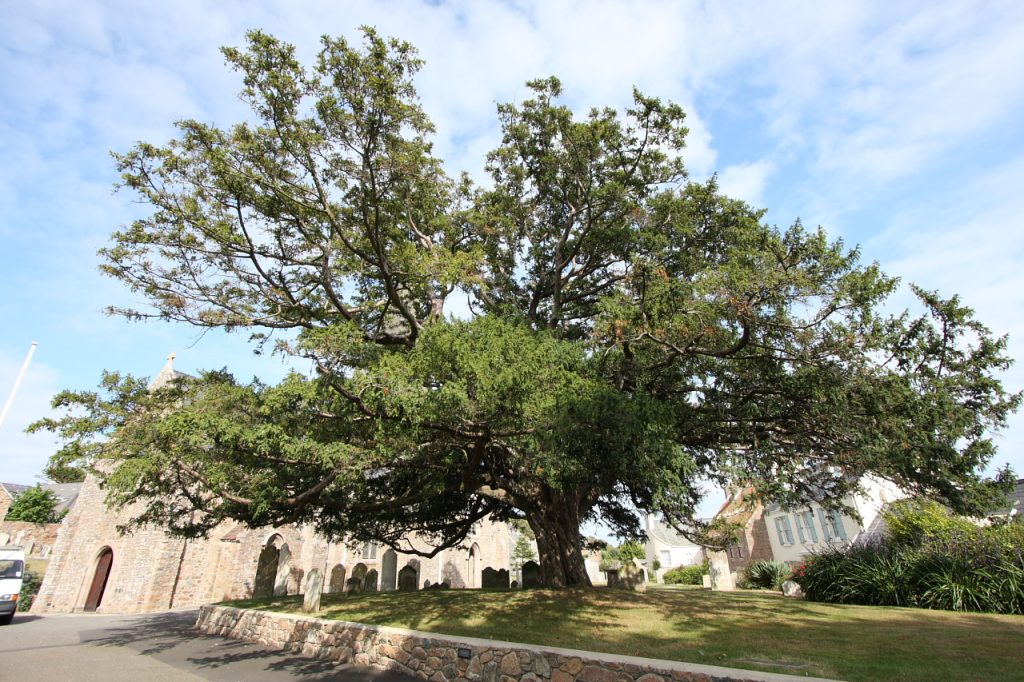
Cypress also called the mournful tree, symbolizes the afterlife and immortality. It is also the tree associated with the god of the dead, Hades. The dark foliage of Cypress depicts pain and melancholy, and the priests made crowns using it and spread the leaves during sacrifices.
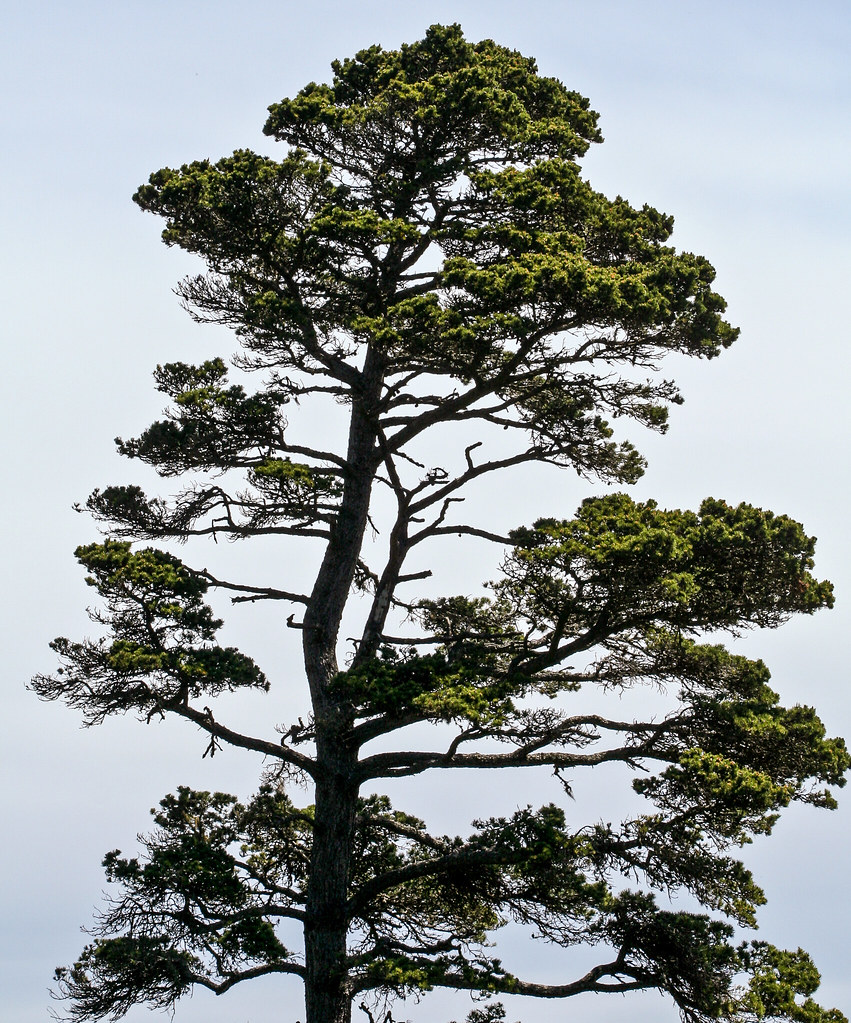
The Acacia tree has roots that go deep in the ground and branches rising to the heavens, often describing the relationship between the earth and heaven. It symbolizes the dynamic feature of life and perpetual regeneration.
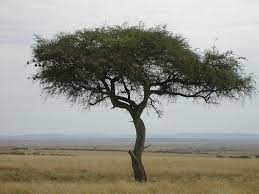
People consider trees as fundamental elements that fuel and sustain life or existence. Many trees play a pivotal role in human life. They symbolize health, longevity, good fortune, and wisdom across various religions and cultures.
If you’ve found this article helpful, be sure to check out this post on daisy symbolism.

